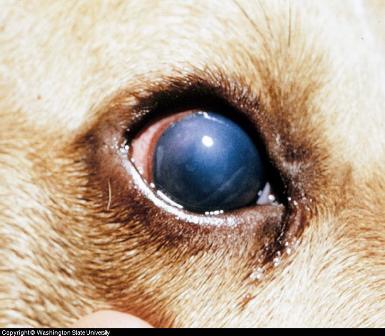Dog boarding is a safe way to make sure your pet pooch is looked after when you decide to take a vacation. Ordinary kennels serve a purpose but if there's no one to take care of your dog then you have little choice in the matter.
Dog boarding services make things easier for pet owners by ensuring that dogs are well-looked after, bathed, groomed and fed. For a fee, you can rest easy knowing that your beloved pet is in safe hands. Be wary of unknown boarding services, however, and always make sure they're licensed and have been in the business for at least a few years.
A physical visit to a boarding home will allay any fears you have about the welfare of a pet. Look for well-kept grounds, clean and large kennels, cordial staff and toys for stimulation. Dogs, more than cats, have difficulty staying away from their masters and you want to make sure that they don't pine while you're away. Upscale homes have a range of facilities to keep dogs occupied as well as luxurious pet beds and spa treatments. They're expensive though so consider them only if you can afford to.
Aside from a tour of the place, ask questions regarding activities. Overcrowded boarding homes are a disaster because the ratio of pets and staff is severely unbalanced. The home you choose should let dogs out for walks at least twice a day or more and not only for a few minutes. Pets that are used to the outdoors may have difficulty adjusting to the strict schedule and this is something you want to clarify with the authorities.
Illness and injuries come with the territory of having a pet and dogs are surprisingly susceptible to sickness despite their large frames. If your dog falls ill or gets injured, you want to make sure it's well cared for. Some homes may have in-house vets and those that don't usually tie up with veterinary hospitals. If your dog is overly suspicious of strangers, you should consider asking if it can be taken to your vet for treatment.
Interaction between animals is healthy if they get along. But if your dog is not up to date on his vaccines, is timid or aggressive, it can be risky. Ask the authorities whether interaction is allowed and if so, whether it's monitored. Experienced dog handlers can prevent pets from getting into squabbles and reputed boarding homes usually staff them.
Dogs aren't fussy eaters by nature but yours may have food allergies or need to be put on a special diet. Speak with the service about this and ask if provisions can be made to cater to its diet. Also enquire about additional charges.
As for cost, much depends on how reputable the home is and the facilities and luxuries provided. Get estimates of at least three boarding homes after taking a thorough tour of each.
Before leaving your pet in the care of a boarding home, write down a list of to-do's mentioned above. Personal items like snacks and toys may be permitted but you might now be allowed to take too many. Don't forget to give the authorities your contact details and make notes of any instructions or specifications regarding your pet. Stress the importance of being notified in case something unfortunate happens.
Dog boarding kennels in Perth make things easier for pet owners by ensuring that dogs are well looked after, bathed, groomed and fed. So if you are interested in learning more about the same, visit this website before giving it a second thought.















